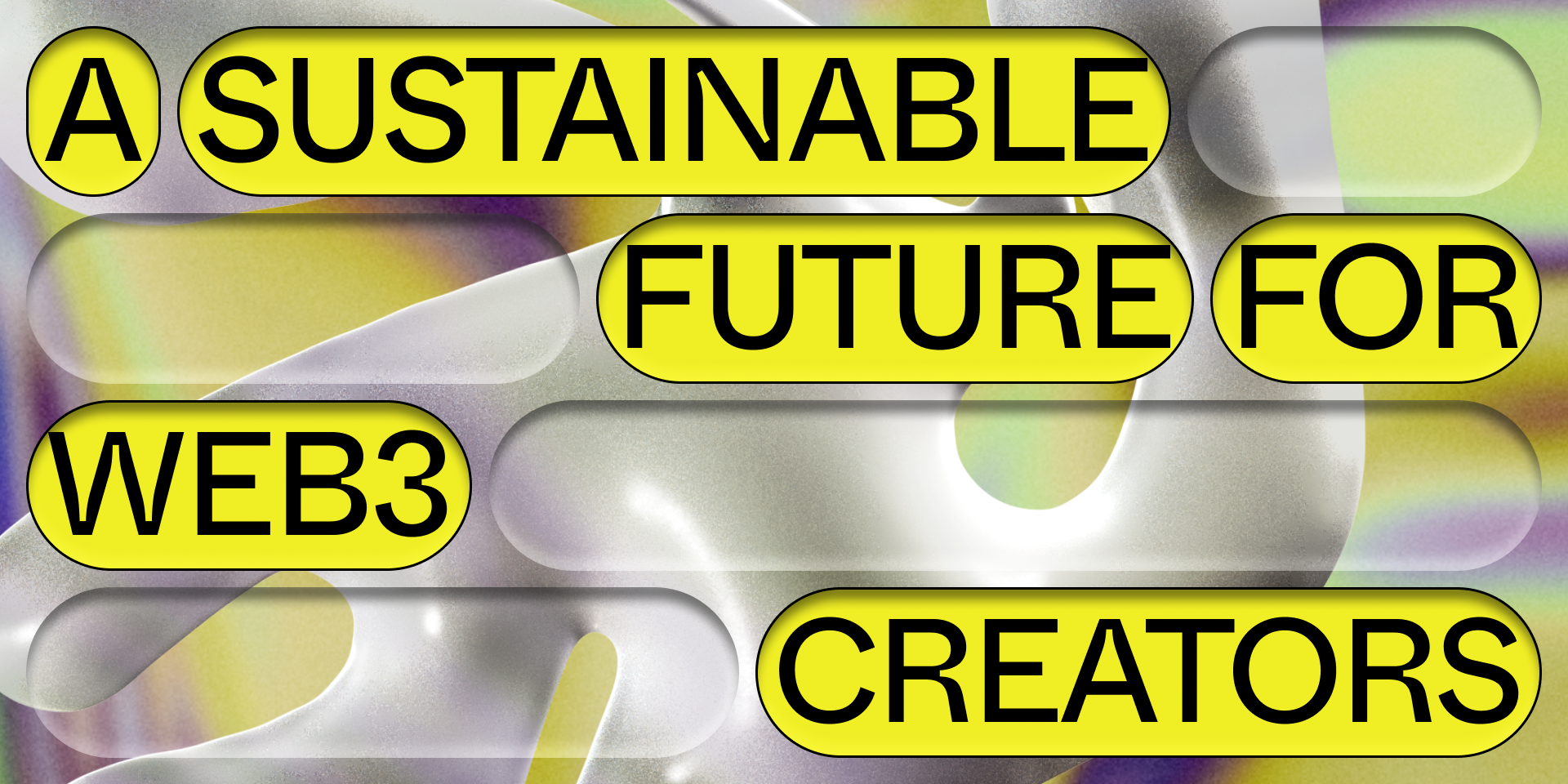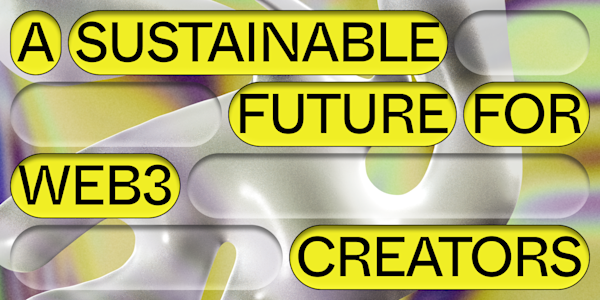Designing a sustainable future for NFTs.


Chances are you’ve heard about the environmental impact of NFTs, and at least some of what you heard is true. Most NFTs run on Ethereum. With hundreds of millions of users around the world, Ethereum provides a critical foundation for Web3 infrastructure and innovation. However, despite becoming the standard for NFTs, Layer 1 Ethereum has a significant ecological footprint.
Our goal is to help creators build sustainably, which is why we use the Palm network. The Palm network is a fully EVM-compatible sidechain designed by, and for, Ethereum developers. Featuring low gas fees and a different approach to mining, the network’s specialized approach allows for fast, affordable, and environmentally-friendly transactions.
What Is Gas?
Gas is the term given to transaction fees in the Ethereum ecosystem. On Ethereum, transactions flow a bit like cars on a highway. When a user creates a transaction, they pay a gas cost in ETH (Ether). That cost increases depending on how fast they need it to arrive at its destination, and how many other people are trying to submit transactions. Just like highways, sometimes the network gets congested when a lot of people are trying to use it at the same time. In Ethereum, this drives up the transaction fees. This includes minting Non-Fungible Tokens (NFTs), transferring NFTs, and paying for NFTs with ETH.
A similar concept exists for gas on the Palm network.
What Is Mining?
In Ethereum, gas fees are paid to miners, who are collectively providing the highway that everyone’s transactions travel across. By working together, miners achieve “consensus”, meaning the entire network is in sync. Miners are crucial to the ecosystem. Their collective effort secures Ethereum as a decentralized virtual computer that anybody can use, through a process called “Proof of Work” consensus. This does come at a cost, though. Because of the expense of mining hardware and utilities, miners are compensated through network fees and block rewards for their service. And while a Cambridge study in 2019 estimates that 39% of Proof of Work mining is powered by renewable resources, miners still use about 50,16 TWh of electricity per year.
There are conflicting figures regarding the level of carbon that the network produces, but one thing that most can agree on is that the system has room for improvement. It’s important to note that Ethereum is looking to address this issue. The network is on its way to transitioning off Proof of Work entirely, replacing it with a new system called Proof of Stake that uses +99.9% less power.
Palm Network: Fast, Affordable, & Green
The Palm network is quick, efficient, and clean; favoring a more specialized design that complements Ethereum’s implementation. Palm network uses a consensus mechanism called IBFT-2, a rotating Proof of Authority consensus method, in lieu of Proof of Work. We see Palm Network as a complement to Ethereum L1. Palm network uses a different consensus mechanism with a different set of trade-offs to achieve sustainability and cheap transactions. Palm network’s consensus mechanism allows the network to offer affordable transactions for users while also maintaining an almost 0% carbon footprint. This is possible because IBFT-2 only requires a small set of validators for the network to remain secure, which drastically cuts down on infrastructure and network costs.
IBFT 2.0
IBFT2 operates on two core concepts: game theory and reputation. Independent companies and institutions will act as the first validators, with their identities all known. Validators have a vested interest to act in accordance with the network, or risk irreparably damaging their reputation and driving users away from the Palm network. Byzantine actors can be removed from the validator pool if a majority of validators votes them out.
It is fundamentally important to Palm NFT Studio’s mission that everybody be given access to the opportunities these new technologies can provide, without compromise.
One of the key differences between Palm Network and Ethereum (as well as some other sidechains or Layer 2s) is that Palm Network currently uses a relatively small number of validators, achieving secure consensus without relying on Proof of Work. On the other hand, one of the greatest strengths of the Ethereum network is its open architecture, making it one of the most decentralized blockchains in terms of the number of validating nodes. It is expected that the number of validators on the Palm Network will increase over time.
We believe this is a worthy tradeoff in our mission to empower creators and users with affordable transactions and totally sustainable practices. A fundamental tenet of the Palm network is that everybody be given access to the opportunities these new technologies can provide, without compromise.







